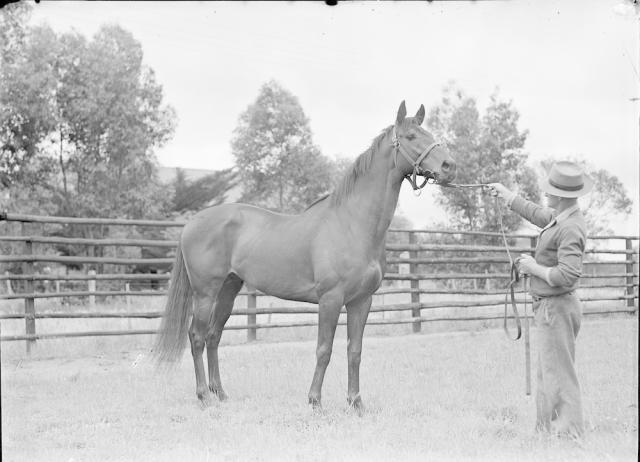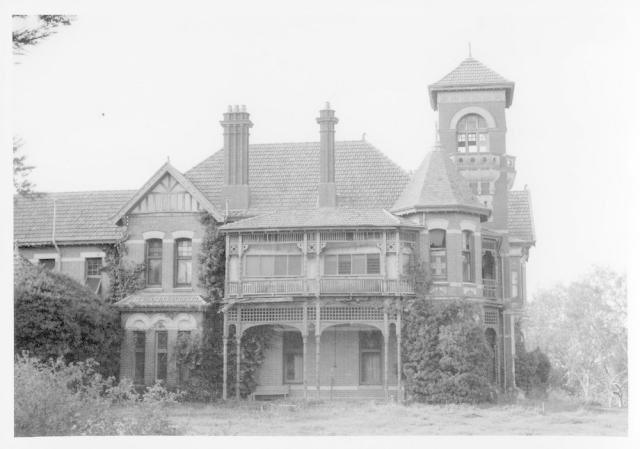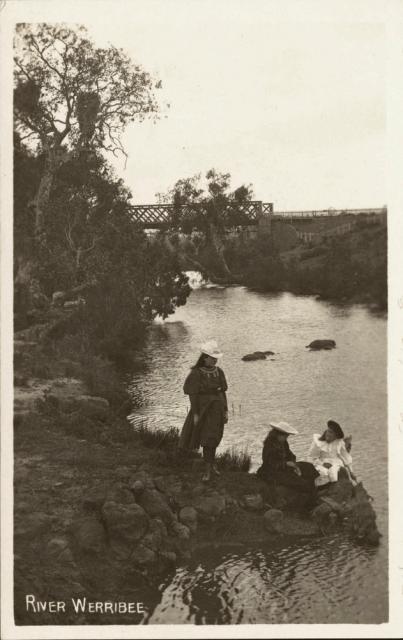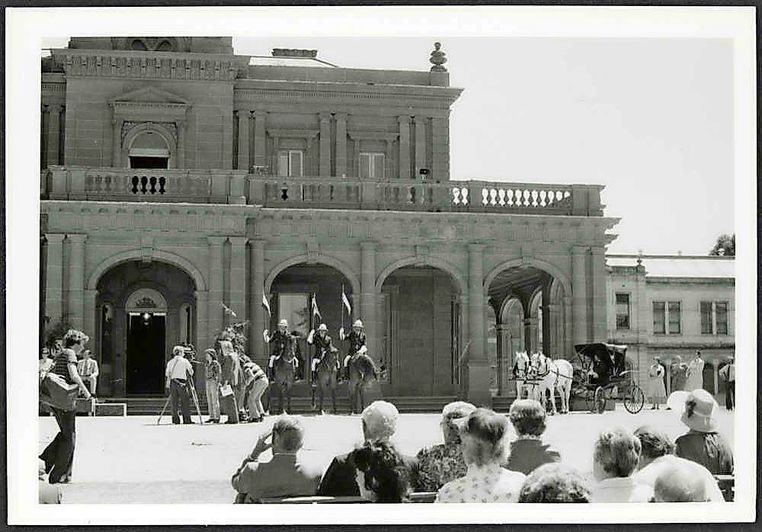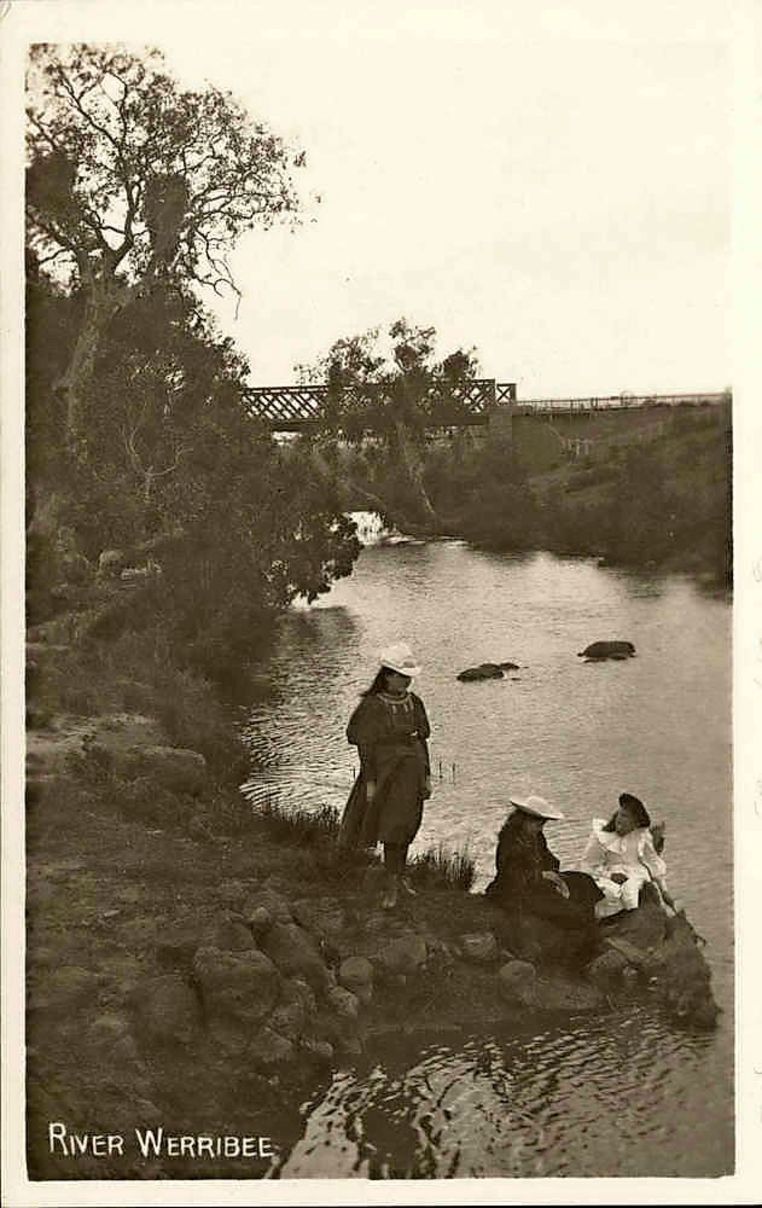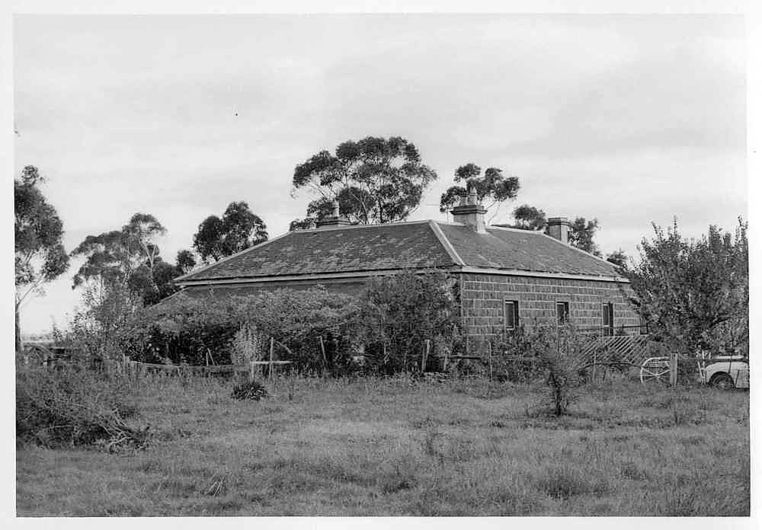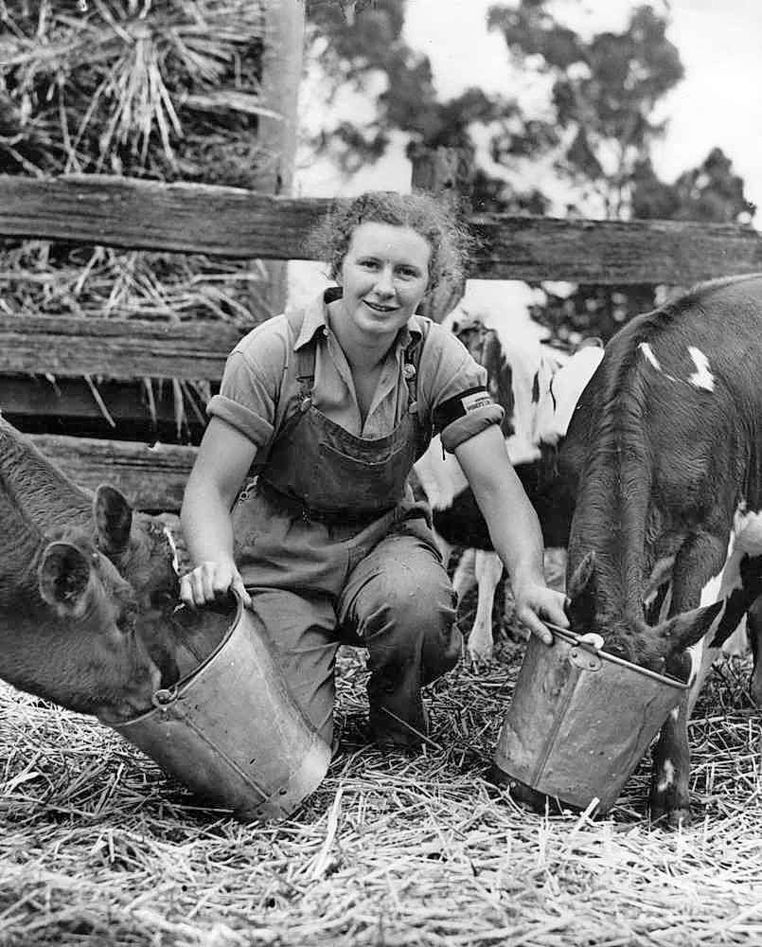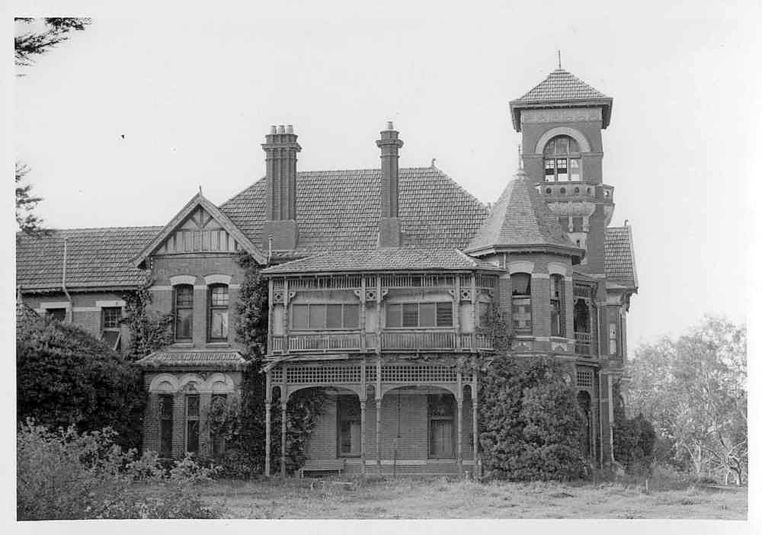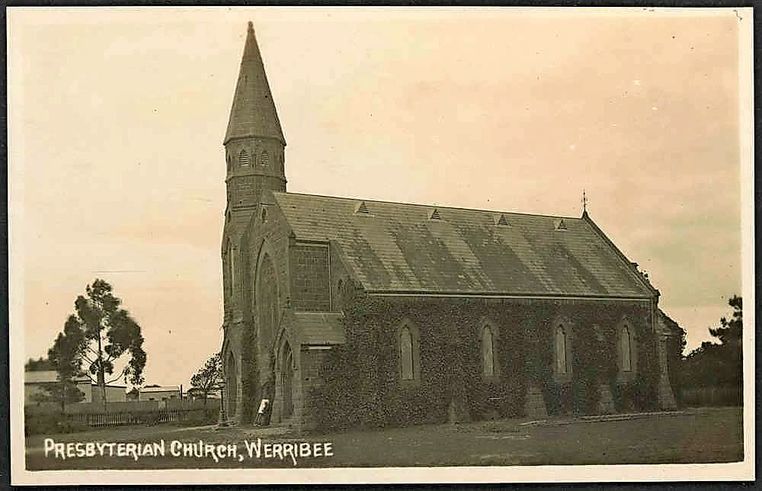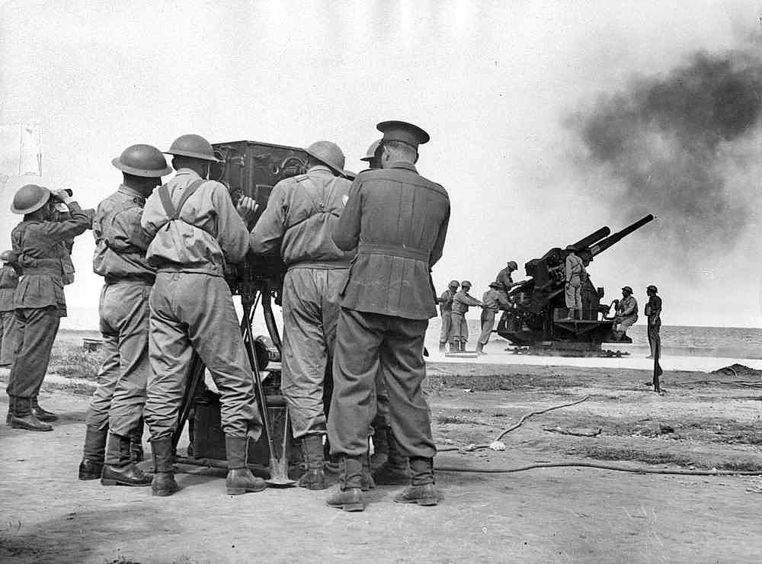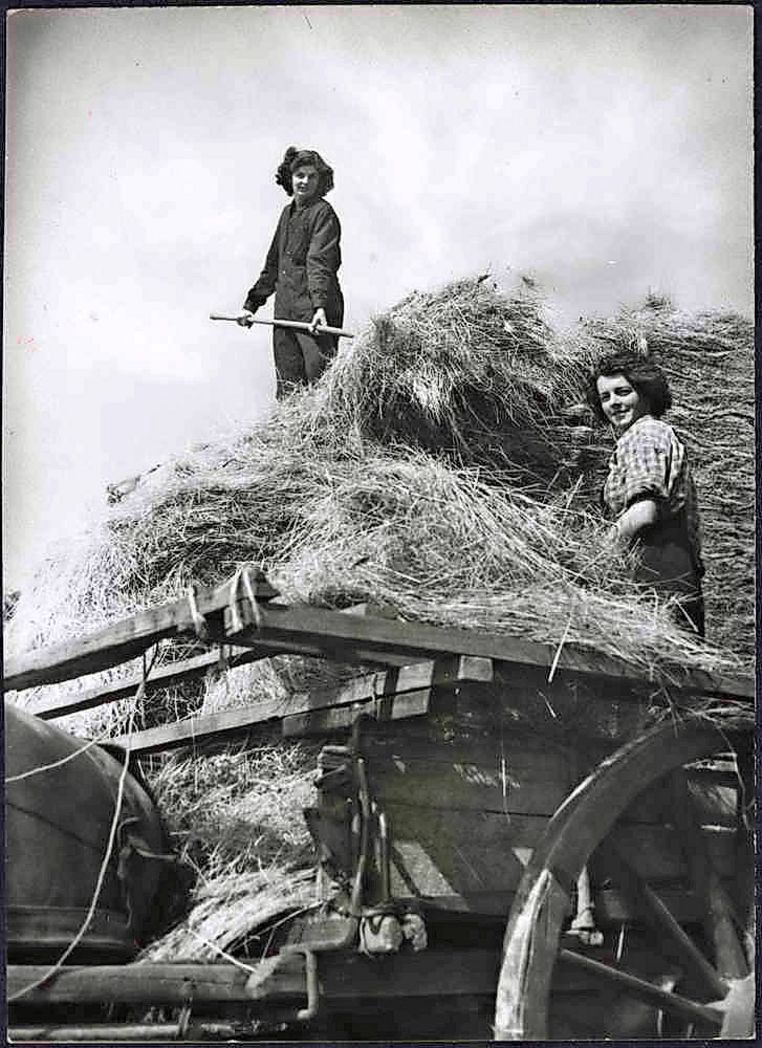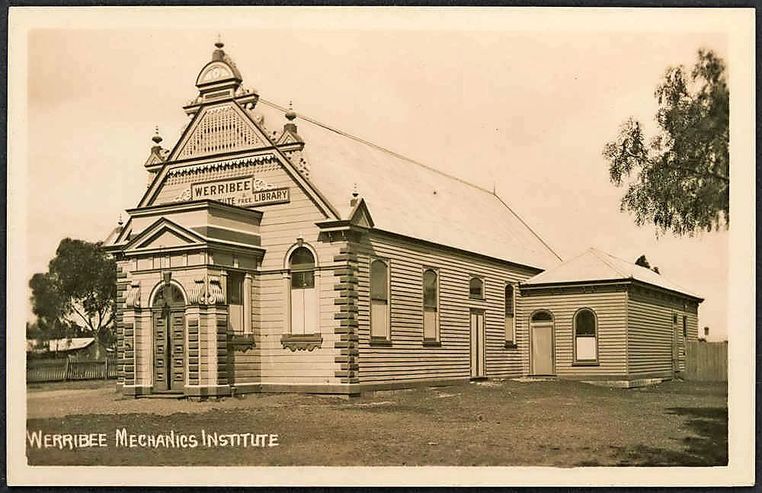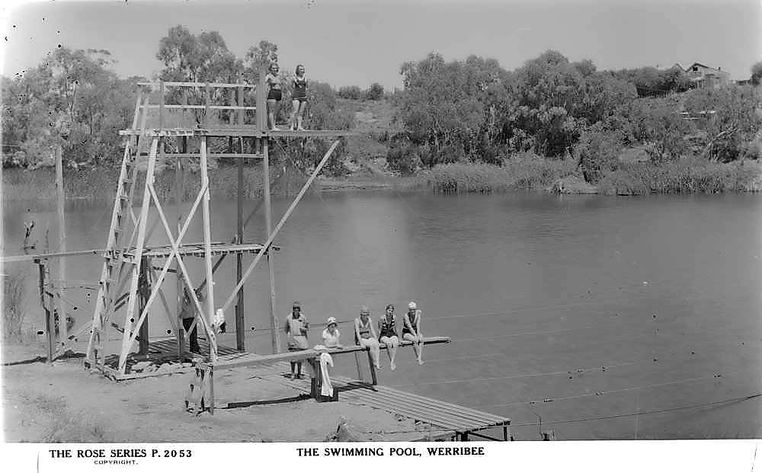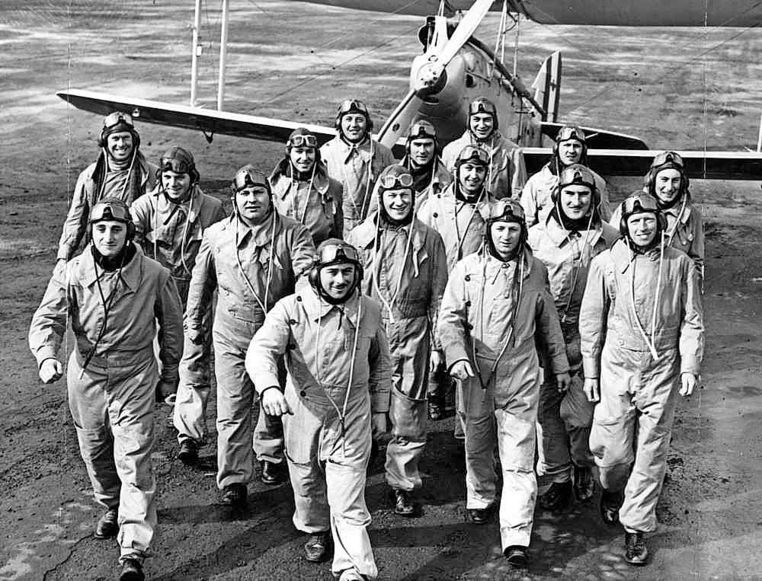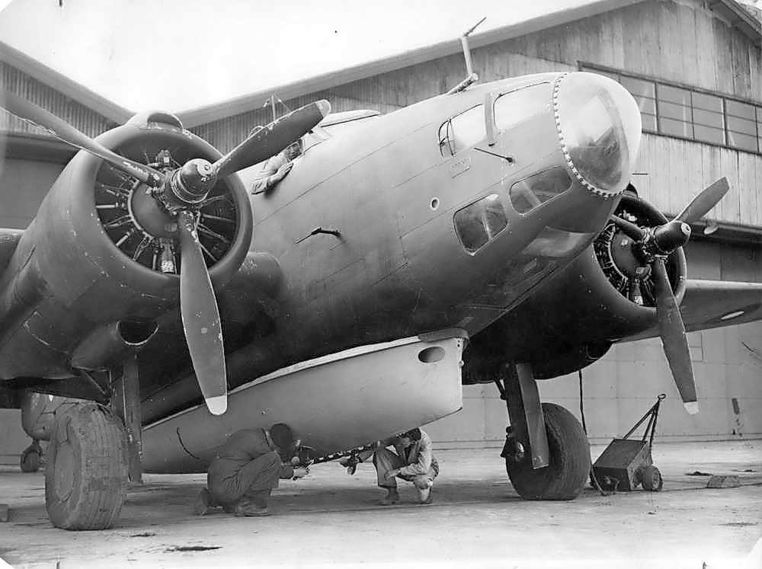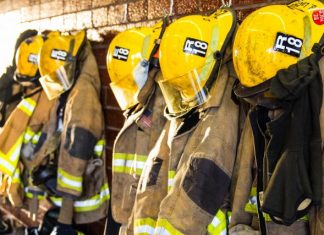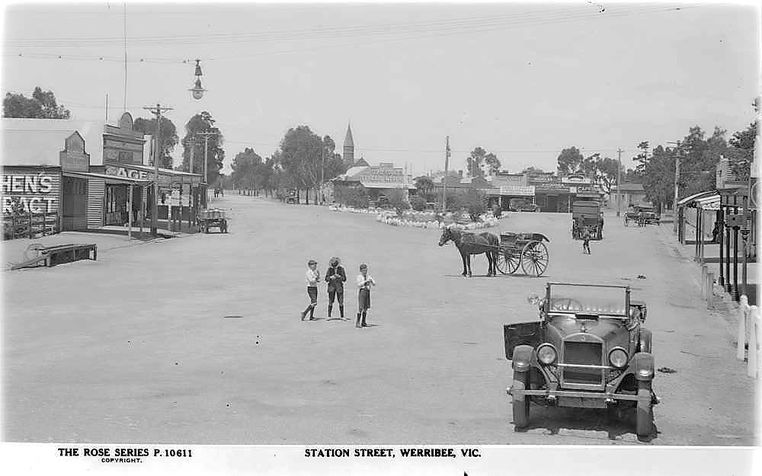
THE WAY WE WERE: Wyndham’s population has now overtaken that of the Greater Geelong municipality, making it the second-largest city in the state, but back in the 1920s the shire of Werribee was home to only a few thousand people.
According to the Victorian Municipal Directory and Gazetteer: Melbourne of 1927, about 7500 people lived in the shire area during the early ‘20s.
Nowadays, Wyndham’s population has topped 250,186 residents, according to population experts .id Consulting.
Watton Street of the 1920s is a far cry from the bustling main street it is today. Imagine ambling down the street in your horse-drawn buggy or T-model Ford.

Businesses at the time included Douglas’ Cafe, Lowman’s Fruit and Confectionery Mart or L.J. Jelliss’ paint store.
For the children of today, it can sometimes be hard to picture what the municipality looked like in those days or how people lived.
Photography is one way to gain an insight to those times, whether you want to see old bluestone buildings, the Point Cook RAAF base or members of the Australian Women’s Land Army working in the fields around Werribee during World War II.

The State Library Victoria has a digital archive of historic images showcasing such scenes – and many other pictures of the state’s past – that can be viewed by anyone with an internet connection.
A state library picture librarian, Madeleine Say, says the archive is “the premier resource” for images relating to the people and history of Victoria.

“The library has been collecting images relating to our social history for over 160 years,” Ms Say said.
“State Library Victoria was a pioneer in digitising material and we now have over 300,000 digital images available via our website.
“This material belongs to the Victorian people and it is our goal to make it available and accessible to as many people as we
can.”

Ms Say said images from the collection were used for exhibitions, television programs, books, blogs, online databases and web applications.
See guides.slv.vic.gov.au/pictures/imagesonline or guides.slv.vic.gov.au/citation/libraryitems for details.



